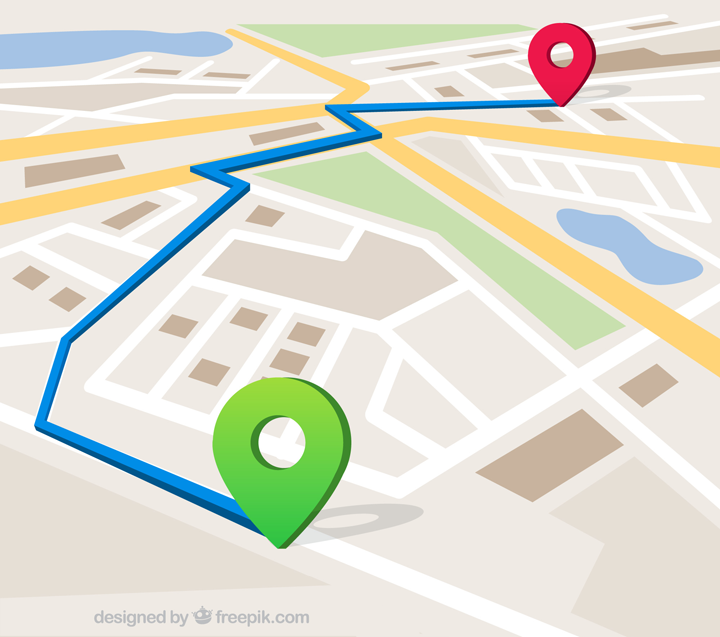Fleet Management: A Quick Way to Improve It
Today, a big part of effective fleet management is fleet dispatching. Modern fleet dispatching is a little more complex than just having a big white board in a meeting room, and then sending your driver’s out with a simple manifest.
What is Fleet Dispatching?
Today organizing a fleet takes more effort and organization than simply assigning a driver a manifest full of stops for pickups. So what is the best way to perform fleet management correctly? Well, if you ask most successful fleet managers, you’ll find they are using some sort of fleet management or dispatching solution. At the very heart of a good management system lies a good fleet management dispatching and routing solution that helps solve problems, even when there are emergencies.
Why is Routing so Important?
Modern fleet management routing takes more than just going from point A to point B. But again, it varies based on the specific transportation industry requirements. For a successful fleet based company, routing is about getting each driver on the road picking up and delivering as fast as possible, with the right requirements and in the right time frame. It means getting each driver out on the road as fast as possible, in the right vehicle, with the right qualifications and eligibility, to complete each stop based on set time frames or customer expectations. The goal is to drive fewer miles, use fewer vehicles, and save more money.
Good managers have found that simply giving drivers a manifest and expecting things to get done is not efficient because unexpected things can happen on the road, and this can delay pre-planned operations. Being able to effectively manage and change root systems in real time becomes absolutely necessary.
The Benefits of Real Time Applications
Real-time dispatching solutions offer better ways to pick up loads and make deliveries. Real-time applications are an integral part of successful fleet management to increase productivity. The best part? Many of these applications are now easily accessible anywhere, anytime, from a computer or a smartphone making everything the driver and dispatcher need to do their job available at their fingertips.
What Does Fleet Management Software Offer?
All fleet management software is different, but the overall goal of the software is the same. Fleet management software offer extensive features to gain cost-savings and experience true efficiency when it comes to managing a fleet.
The right system will create routes that are optimized with driver directions, dispatch them to the driver through his smartphone or tablet and track drivers actions in real-time. This increases productivity and efficiency while at the same time improving customer service.
Image Source:
Designed by Freepik





